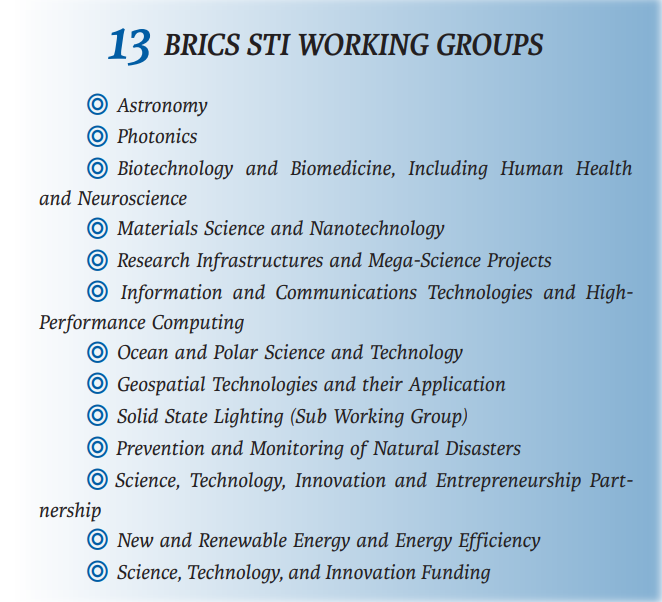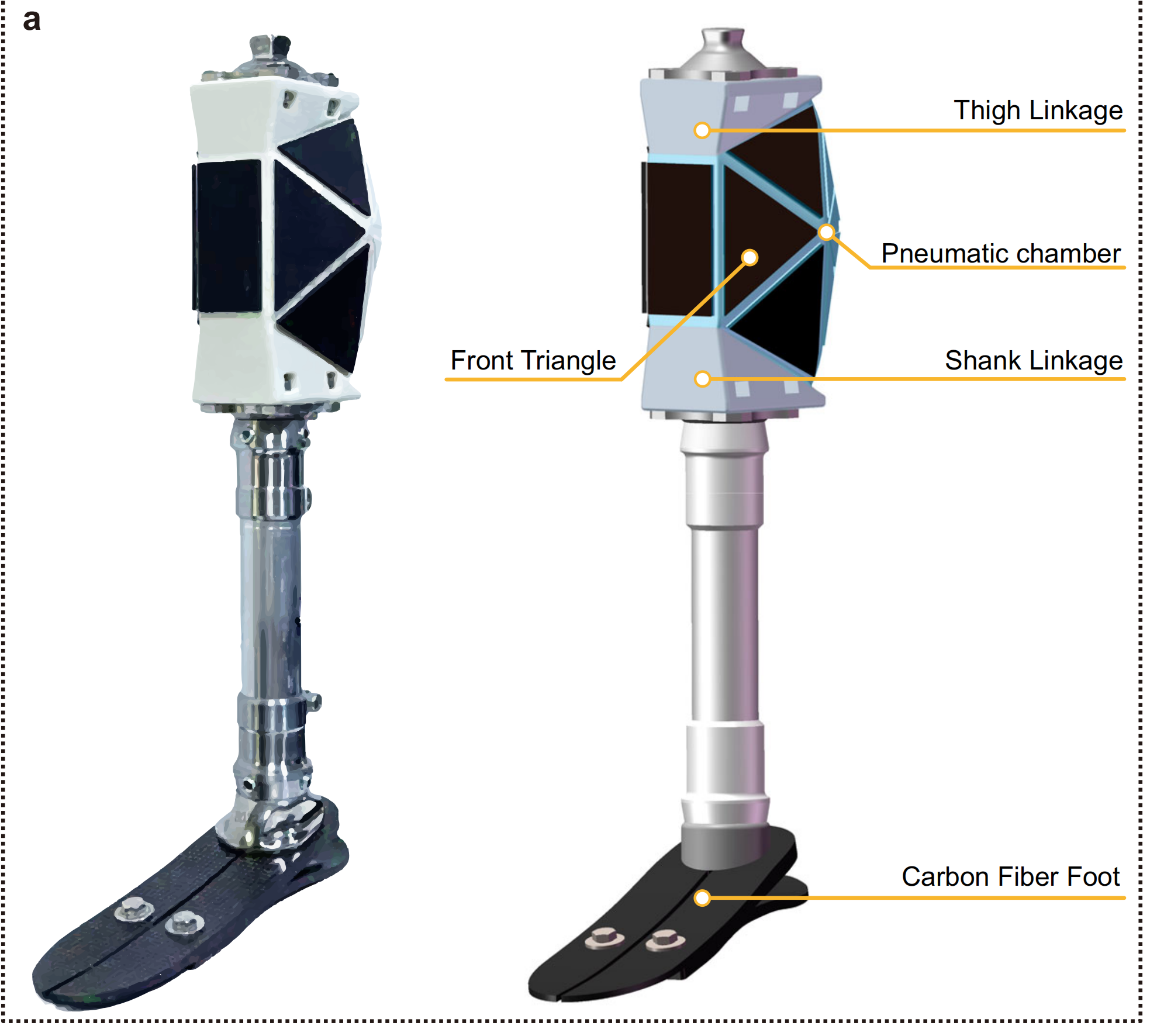BRICS STI Contributes to Global Wellbeing

Eleven years ago, at the fifth BRICS Summit in South Africa, the eThekwini Declaration and Action Plan of March 2013 was adopted. Following this, the BRICS Science, Technology, and Innovation (STI) Ministers and their representatives met for the first time in February 2014 in Cape Town. This was the official start of the BRICS cooperation on STI.
Since then, a wide range of fields have been added to BRICS cooperation. Up to now, three cooperation platforms, 13 specialized working groups activities, 10 main initiatives and some framework programs have been integrated under the BRICS STI mechanism. Every year, STI leaders from every BRICS nation gather together, discussing topics to foster cooperation and advance joint projects, which directly impact BRICS members' overall development.
STI as the key driver
In March 2015, the BRICS Memorandum of Understanding on Cooperation in Science, Technology, and Innovation was signed, establishing a strategic framework for BRICS cooperation in STI to tackle common social and economic challenges. It aims to co-generate knowledge and innovation while promoting international partnerships.
Additionally, it serves as a foundation for building cooperative STI efforts based on the principles of voluntary participation, mutual benefit, equality, and reciprocity.
Four years later, at the 7th BRICS STI Ministerial Meeting in Campinas, Brazil, a new concept of BRICS Science, Technology and Innovation Architecture was adopted. The new architecture consists of the ministerial and senior officials' meetings, the activities of the 13 thematic working groups, and joint calls for research projects.
Additionally, it includes three platforms to enhance collaboration: the BRICS Young Scientist Forum and BRICS Young Innovator Prize, the BRICS Science Academies Meeting, and the Conference on Technology Foresight and STI Policy.
These components work together to strengthen cooperation and drive forward the shared goals of BRICS.
The architecture focuses on four key areas of cooperation: research collaboration, research infrastructure, innovation, and sustainable development.
Today, BRICS is attracting an increasing number of like-minded countries that share its principles, namely, mutual consideration of interests, openness, consensus, the aspiration to form a multipolar international order and the pursuit of collective solutions to meet the challenges of the time. In this context, BRICS STI cooperation provides a unique opportunity for the countries to come together and drive innovation and progress.
Win-win as the key dynamic
BRICS is a potential powerhouse. The last 10 years of fruitful and prosperous cooperation among BRICS countries in STI is a clear testament to their strong status as emerging economies.
One of the reasons is that the BRICS members are highly complementary in trade.
Energy is one of the 13 BRICS STI working groups' focus. In this sector, Russia, Saudi Arabia, the UAE and Iran are major energy exporters, while other BRICS countries are major consumers.
In addition to the thematic working group collaborations, fundamental STI cooperations are essential to BRICS.
Take agriculture cooperation as an example. The original "BRIC" countries are all significant agricultural powers. Together, they account for 40 percent of the world's food output and more than 50 percent of the world's agricultural production. Brazil and Russia are significant exporters of agricultural products. For example, Brazil is a major exporter of soybeans and sugar, while Russia is a key supplier of grain and meat. Saudi Arabia, Iran, and the UAE are agricultural importers, which further highlights the strong win-win dynamic in agricultural trade in BRICS.
China's rapid advancements in agricultural science and technology can offer valuable solutions to the group. This includes providing advanced and practical agricultural technologies, as well as effective methods for controlling animal and plant diseases and pests, thereby enhancing the overall agricultural productivity and sustainability of the BRICS nations.
As BRICS continues to expand its membership and scope, more countries will benefit from the mechanism. When facing global challenges, the BRICS STI framework demonstrates coordination of actions to realize mutual interests. This underscores a strong commitment to common goals and an effective governance system that is resilient to unexpected challenges.
Today, the scientific community is a beacon of hope in a changing world. Its collective efforts are driving innovation, progress, and positive change. Scientists and experts are being called upon to collaborate through international scientific and technological cooperation. In this regard, BRICS has substantial resources, such as working tools, financial mechanisms, dialogue platforms, and partnerships.







